- Written By Team DWS
- Astrology
- July 07, 2025
The Illuminating Pearl: Understanding the Moon's Role in Vedic Astrology
In the vast universe of Vedic astrology, celestial bodies play significant roles in shaping human personalities, destinies, and experiences. Among these luminaries, the Moon holds a unique and vital position. Frequently called Chandra in Sanskrit, the Moon is not just a reflective ball of light in the night sky; it symbolizes emotions, intuition, and the subconscious mind. In this blog, we’ll explore the profound influence of the Moon in Vedic astrology, This concept plays a vital role in our everyday experiences and can be leveraged to foster personal development and deeper self-awareness.
 1 copy-dws638874494617772567.jpg)
The Nature of the Moon in Vedic Astrology
In Vedic astrology, the Moon is one of the key celestial entities. It is said to represent the mind, emotions, and the fluid nature of human consciousness. Unlike the Sun, which denotes our ego and outer identity, the Moon is associated with our inner world, feelings, and instincts. It offers insight into our emotional responses, nurturing abilities, and the way we connect with ourselves and others.
The Moon’s placement in a person’s natal chart (Janam Kundali) reveals critical insights about their emotional makeup and mental tendencies. For instance, a strong Moon in a favorable position is believed to cultivate qualities of compassion, empathy, and a nurturing disposition. Conversely, a weak Moon may manifest as emotional instability, mood swings, or challenges in forming relationships.
Vedic Moon Signs: The Nakshatras
In Vedic astrology, the Moon occupies one of the 27 Nakshatras (lunar mansions) during its transit. Each Nakshatra represents distinct characteristics and influences, affecting how the Moon’s energy is expressed in an individual's life. These Nakshatras are further divided into four quarters, or Padas, adding a layer of depth to the interpretations.
For example, individuals born under the Nakshatra of Rohini are often seen as artistic, sensual, and nurturing. In contrast, those born under the Nakshatra of Ashwini may exhibit qualities of dynamism, pioneering spirit, and a love for adventure. Understanding one's Nakshatra can provide valuable insights into innate talents, challenges, and life paths.
The Moon’s Phases and Their Significance
The Moon goes through various phases – new moon, waxing moon, full moon, and waning moon – and each phase carries different energies and meanings.
- New Moon (Amavasya): This phase represents new beginnings. It’s a time of introspection and setting intentions. Vedic astrologers often recommend rituals and prayers during this phase to manifest goals and desires.
- Waxing Moon (Shukla Paksha): As the Moon waxes, its energies become more potent. This is considered an auspicious time for taking action, starting ventures, and pursuing dreams.
- Full Moon (Purnima): The full moon symbolizes completion, fulfillment, and heightened emotions. It’s a time for gratitude and harvesting the results of previous efforts.
- Waning Moon (Krishna Paksha): During this phase, energies begin to decline. It’s a time for reflection, letting go, and preparing for new beginnings again.
Understanding these phases and their corresponding energies can guide individuals in planning their activities, setting intentions, and reflecting on emotional cycles.
The Moon’s Influence on Emotions and Relationships
Astrologically, the Moon governs emotions and the heart's desires. Its placement in the natal chart can greatly influence personal relationships, including those with family, friends, and romantic partners. For instance, a strong Moon in a favorable position may indicate someone who is protective and caring, while a challenged Moon could suggest difficulties in expressing emotions or forming attachments.
Moreover, the Moon’s transit through different signs may also affect our moods and interactions. For example, when the Moon is in a water sign like Cancer or Pisces, people may become more sensitive and intuitive, while during its presence in a fire sign like Aries, they may exhibit more assertive and passionate behaviors. Being aware of these transits allows individuals to navigate their emotional landscapes with greater awareness.
Harnessing the Moon’s Energy for Personal Growth
One of the most empowering aspects of understanding the Moon in Vedic astrology is the opportunity for personal development. By recognizing its influence, individuals can cultivate emotional intelligence, resilience, and better relationships.
Practices such as moon meditation, journaling during different lunar phases, or participating in rituals aligned with the Moon’s energy can promote self-discovery and healing. Additionally, wearing gemstones associated with the Moon, like pearl or moonstone, can amplify its positive energies in one’s life.
Conclusion
The Moon in Vedic astrology represents far more than a mere celestial body. It serves as a guiding light, illuminating the depths of our emotional world and providing us with insights into our true selves. By understanding its role and influence, we can harness its energy to deeply connect with our intuition, navigate our feelings, and foster meaningful relationships. The Moon's phases reflect the ebb and flow of our emotions, highlighting the importance of introspection and self-awareness. Through this understanding, we can achieve emotional balance and enhance our overall well-being, allowing us to align more closely with our inner desires and navigate the complexities of life with grace and clarity.
 2 copy-dws638874494928567052.jpg)
FAQs on Planet Moon - Pearl in Vedic Astrology
Certainly! Below are some frequently asked questions (FAQs) regarding the Planet Moon, known as "Chandra" or "Pearl" in Vedic Astrology.
1. What is the significance of the Moon in Vedic Astrology?
In Vedic Astrology, the Moon symbolizes the mind, emotional state, and inner being. It regulates our feelings, instincts, and psychological balance. Its position in the natal chart can reveal insights into a person's emotional well-being, nurturing ability, and relationship with their mother or maternal figures.
2. What are the key qualities associated with the Moon?
The Moon symbolizes qualities such as receptivity, sensitivity, intuition, adaptability, and nurturing. It is considered feminine and is associated with the cyclical nature of life, marking phases similar to its own waxing and waning cycle.
3. How does the Moon affect a person's personality?
The placement of the Moon in a person’s birth chart influences their personality traits, emotional reactions, and overall outlook on life. A strong and well-placed Moon can lead to emotional stability and compassion, while a weak Moon may indicate moodiness or emotional turbulence.
4. What are Moon-related gemstones and their benefits?
The primary gemstone associated with the Moon is Pearl (Moti). Wearing a Pearl is believed to enhance emotional balance, calmness, and intuition, while also fostering harmonious relationships. It is usually recommended to be worn on the little finger of the right hand on a Monday.
5. How do the Moon's phases impact its astrological significance?
Each phase of the Moon (new, waxing, full, and waning) carries different energies and meanings. For example:
- New Moon: Represents new beginnings and potential.
- Waxing Moon: Associated with growth and development.
- Full Moon: Symbolizes culmination, fullness, and heightened emotions.
- Waning Moon: Connected with release and introspection.
6. What are the favorable and unfavorable placements of the Moon?
Favorable placements of the Moon include Taurus, Cancer, and Pisces, where it shows strength and positive traits. Unfavorable placements are in signs like Scorpio, where it may struggle to express its qualities effectively, possibly leading to emotional challenges.
7. How does the Moon interact with other planets?
The Moon's relationship with other planets can influence its effects considerably. For example, a conjunction with benefic planets like Jupiter can enhance positive traits, while a conjunction with malefic planets like Saturn can lead to emotional challenges or turmoil.
8. What remedies can be performed for Moon-related issues?
Common remedies include:
- Wearing a Pearl or Moonstone.
- Performing rituals and chanting mantras such as "Om Chandraaya Namah."
- Donating to causes related to water or helping mothers.
- Observing fasts on Mondays.
9. How does the Moon influence relationships?
The Moon's position influences emotional compatibility in relationships. It can signify how individuals express love, care, and nurturing. Understanding the Moon signs of partners can help enhance emotional connection and harmony in relationships.
10. What is the Moon's role in predicting future events?
In Vedic Astrology, the Moon is often used in timing events (Muhurta) because of its quick movement through the zodiac. Its transits and phases can indicate favorable or challenging times for various activities, such as starting a new venture or decision-making.
Conclusion
The Moon, as a fundamental element in Vedic Astrology, plays a crucial role in shaping a person's emotional landscape and interpersonal relationships. Understanding its significance can provide valuable insights into personal growth and well-being.
Popular on Blogs
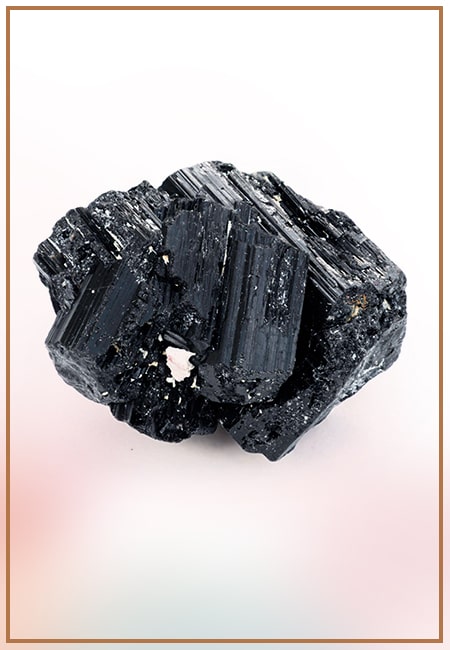
Black Tourmaline: Meaning, Healing Properties, Fascinating Facts, Powerful Attributes, Versatile Uses, and Beyond
September 05, 2023 / BY Team DWS
Black Tourmaline, also known as Schorl, is a highly revered crystal with incredible metaphysical properties. It derives its name from the Dutch word "turamali," meaning "stone with ..
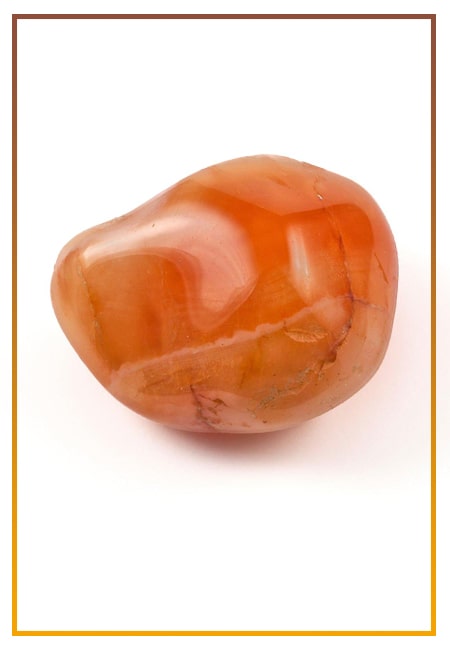
Carnelian Stone: Meaning, Healing Properties, Power, Facts, Color, Uses and More
December 26, 2023 / BY Team DWS
Carnelian is a vibrant and captivating gemstone that holds a plethora of meanings, healing properties, and powers. Its warm and fiery energy makes it a popular choice among crystal ..
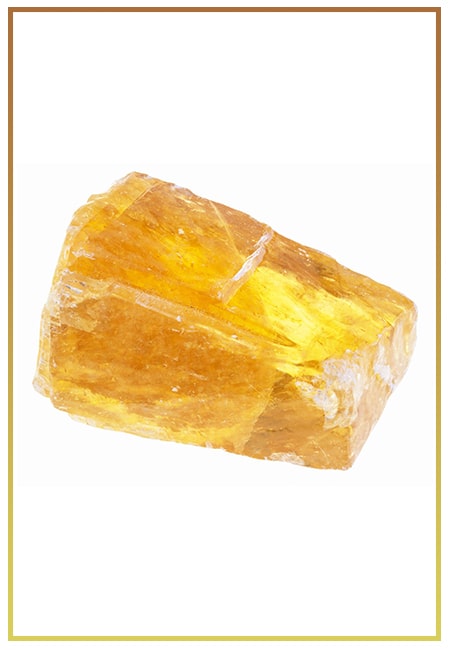
Citrine: Exploring its Meaning, Healing Properties, Fascinating Facts, Powers, Versatile Uses, and Much More
November 18, 2023 / BY Team DWS
Citrine, with its warm golden hues, has captured the attention and imagination of people for centuries. This beautiful gemstone, commonly associated with wealth and prosperity, hol ..

Black Onyx: Unveiling the Meaning, Healing Properties, Fascinating Facts, Powerful Attributes, Versatile Uses, and Beyond
July 25, 2023 / BY Team DWS
Black Onyx, a striking gemstone admired for its deep black hue and elegant appearance, has captivated people for centuries. In this comprehensive guide, we will delve into the mean ..
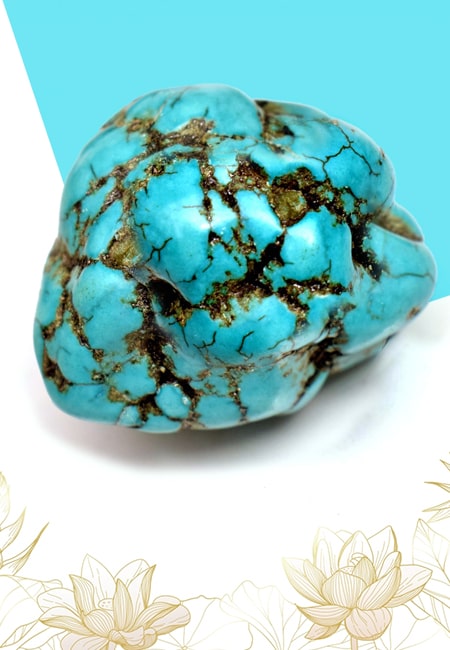
Unveiling the Mysteries of Turquoise Stone: Exploring its Meaning, Healing Properties, Power, Facts, Color, Uses, and More
December 05, 2023 / BY Team DWS
Turquoise, with its captivating blue-green hue, has been adorning jewelry and artifacts for centuries. This striking stone has a rich history, rich symbolism, and a plethora of int ..
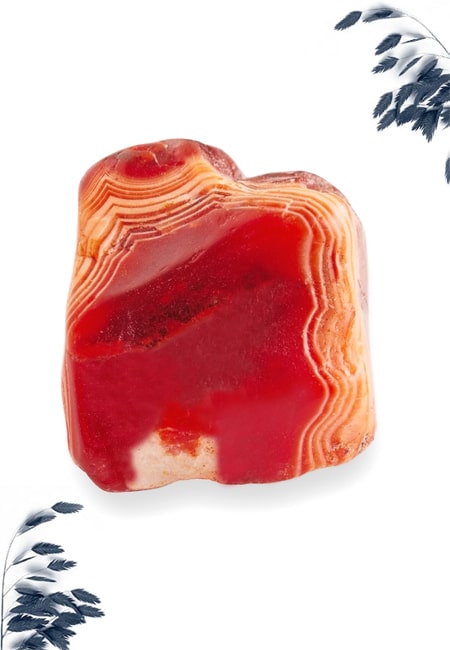
The History Behind The Popularity of Red Agate
December 23, 2022 / BY Team DWS
An Agate is a type of magma rock that takes many years till it is washed out naturally into the water. And that is the reason this stone has elements of water. This beautiful stone ..
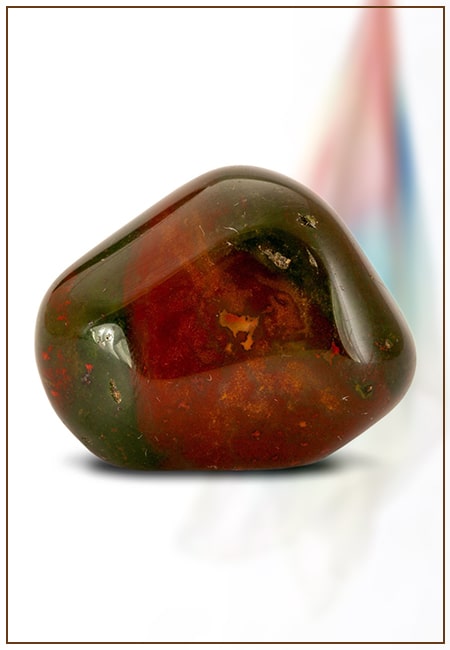
Bloodstone: Unveiling the Meaning, Healing Properties, Facts, Powers, Uses, and More
August 21, 2023 / BY Team DWS
Bloodstone, with its captivating deep green color with specks of red, is a mesmerizing gemstone that has fascinated civilizations for centuries. It possesses unique healing propert ..

Plan a Perfect Valentine's Week with Our Valentine Week List 2025
January 22, 2024 / BY Team DWS
Valentine's Day is undoubtedly the most romantic day of the year, but we believe that one day is just not enough to express your love and make your partner feel special. That's why ..


